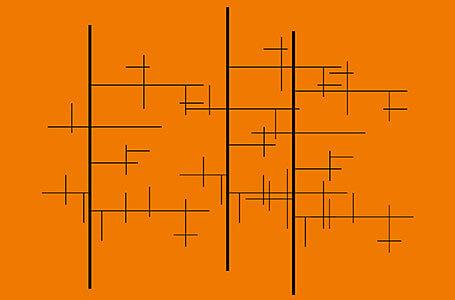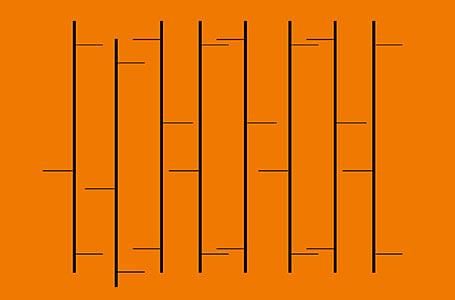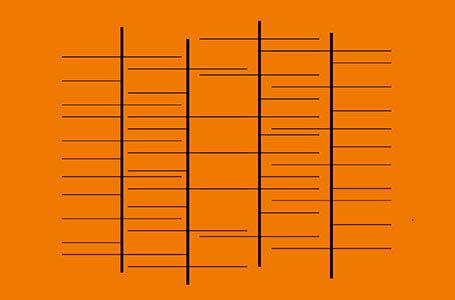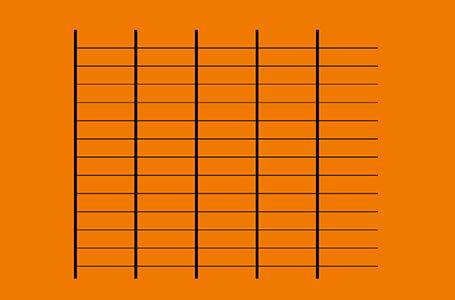LDPE – low density polyethylene
LDPE is produced using a high-pressure process at a pressure of 1,000-3,000 bar and temperatures of 150-300°C.
This standard material that we use is relatively soft and easy to process. The end products are very puncture-resistant and elastic. Mixed with LLDPE, the bags are sometimes even more puncture-resistant. This also improves the weld seam strength.



